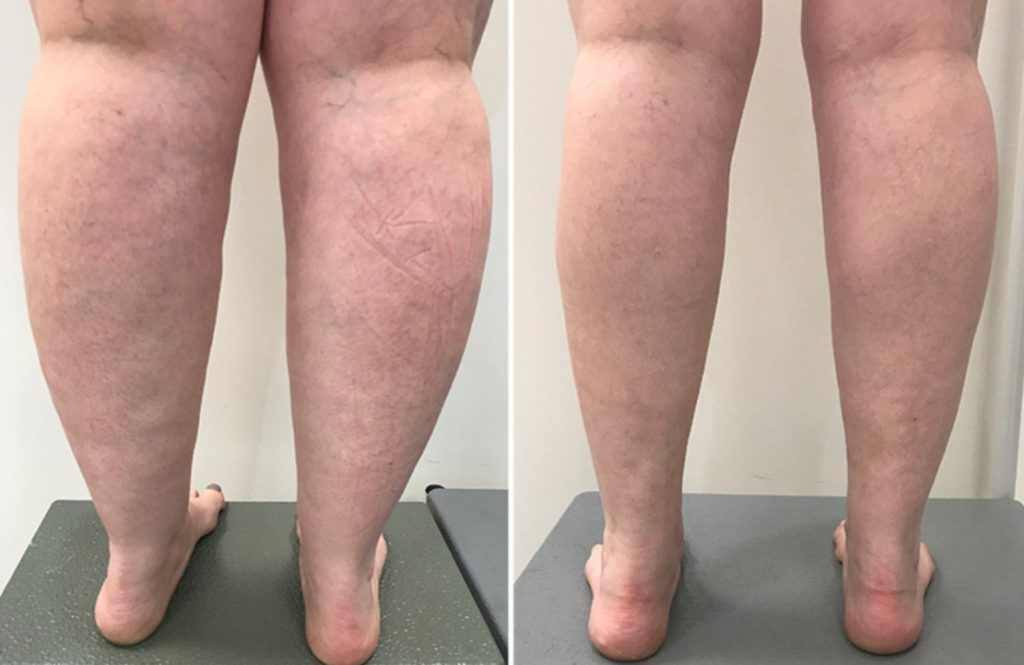1 in 10 Australian women are unaware they may have a misdiagnosed chronic medical condition that is causing excessive weight gain to their arms and lower body.
The condition is called lipoedema and causes lower body weight gain. Although lipoedema is a chronic medical condition, because sufferers experience either no symptoms or mild symptoms such as fat accumulation that looks like cellulite, it is often misdiagnosed or misunderstood by physicians.
Says leading Australian cosmetic surgeon/phlebologist, Dr Peter Paraskevas of the Sculpture Clinic (part of the Paras Clinic Group), “Lipoedema is a chronic, progressive medical condition and I’ve seen first-hand how many patients suffer stress and emotional trauma from the condition, especially those who have been incorrectly diagnosed.”

As a staunch supporter of lipoedema awareness, Dr Peter Paraskevas explains how to recognise and treat lipoedema:
What is lipoedema?
Lipoedema is a chronic progressive medical disease characterised by painful, abnormal and disproportionate accumulation of fat cells in the hips, thighs, buttocks, legs and arms. Sufferers may have a size 6 upper body and a size 16 lower body.
Those in the early stages often have column-shaped legs sometimes referred to as having ‘cankles’. As the condition worsens the fat continues to build up and the lower half of their body becomes heavier. They may complain of pressure or discomfort in the thighs and lower legs, bruise easily and experience fluid build up in the lower legs. As the condition progresses, the fat increases in size, becomes lumpier and more disproportionate than regular cellulite fat and cannot be exercised or dieted away. The condition may manifest during puberty, pregnancy or around the time of menopause.
How can lipoedema be treated?
As lipoedema not only affects mobility, but can also lead to depression, anxiety and body dysmorphia, early diagnosis is crucial. After other conditions are ruled out, patients can discuss support services with their local GP.
- Manual lymphatic drainage (usually provided by a lymphatic nurse) can help alleviate swelling in the legs.
- Graduated compression stockings will assist with swelling and discomfort.
- Any underlying conditions that will exacerbate the overall condition such as varicose vein disease should be investigated and treated.
- It is recommended patients lead a healthy and active lifestyle and reduce all body fat.
- Non-surgical liposculpture (considered the Gold Standard treatment for lipoedema) performed under local anaesthesia will offer sustained and permanent results.
For more information visit https://sculptureclinic.com.au/cankles-lipoedema-liposuction/
Dr Paraskevas (MBBS, FRACGP, FACP, GCertHSc


![5 Reasons You Should Travel Alone Airplane [image source: chau nguyen/ http://thedevilhatessweatpants.blogspot.com.au ], crowd ink, crowdink, crowdink.com, crowdink.com.au](https://crowdink.com/wp-content/uploads/2016/08/Chau-airplane-218x150.jpg)





























